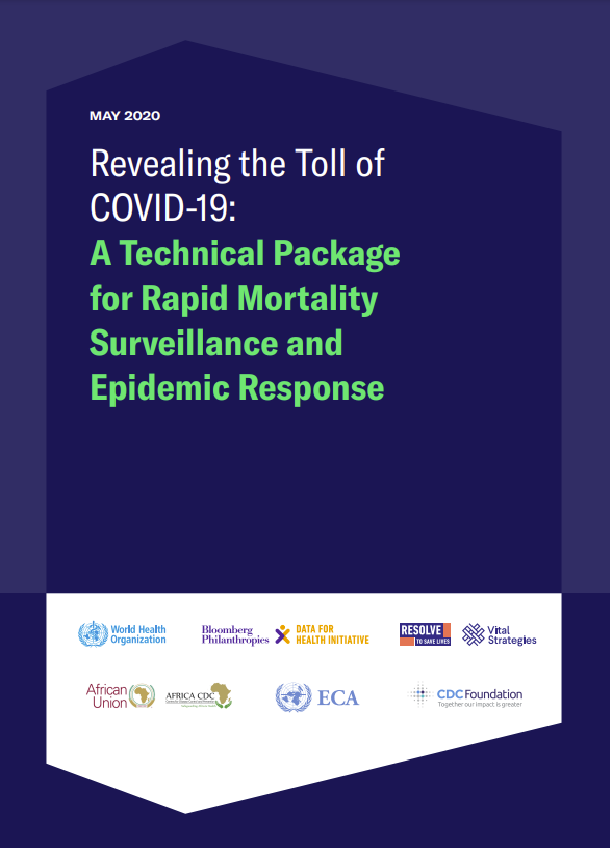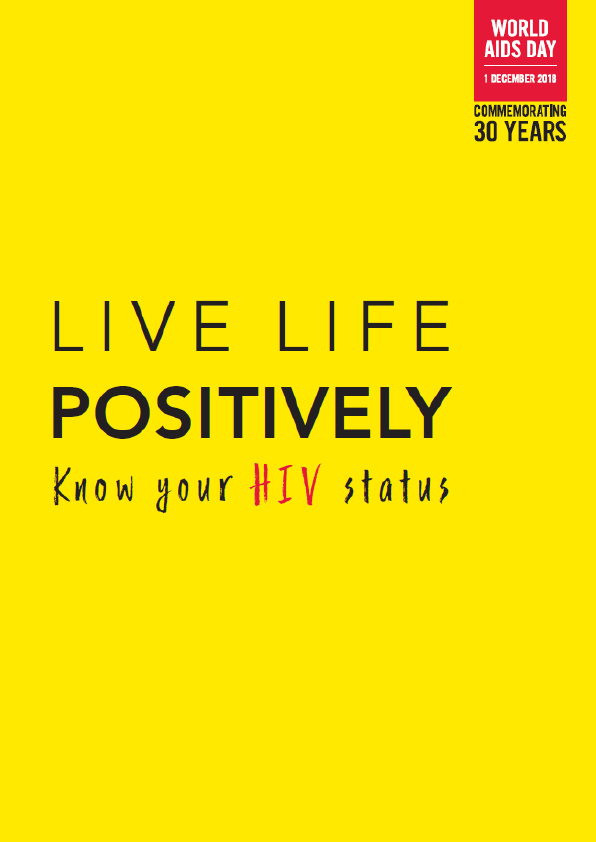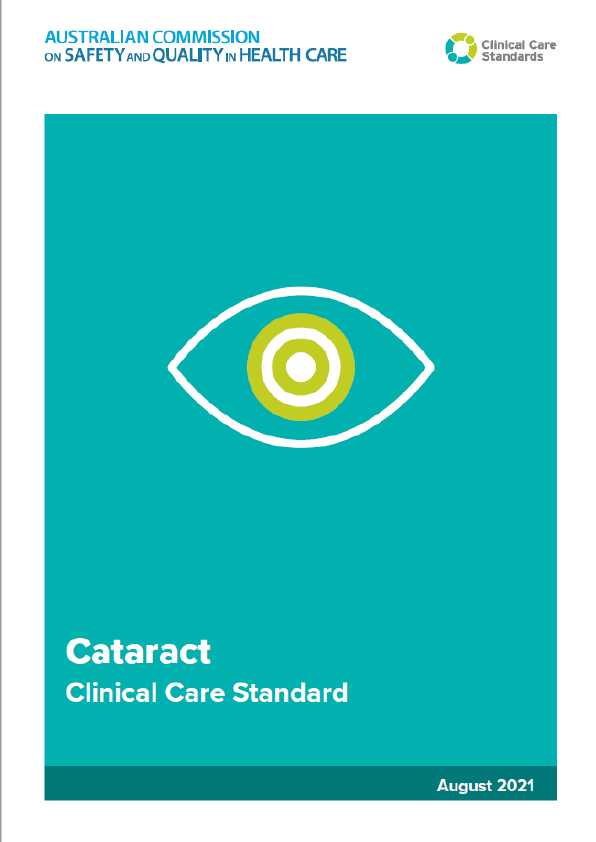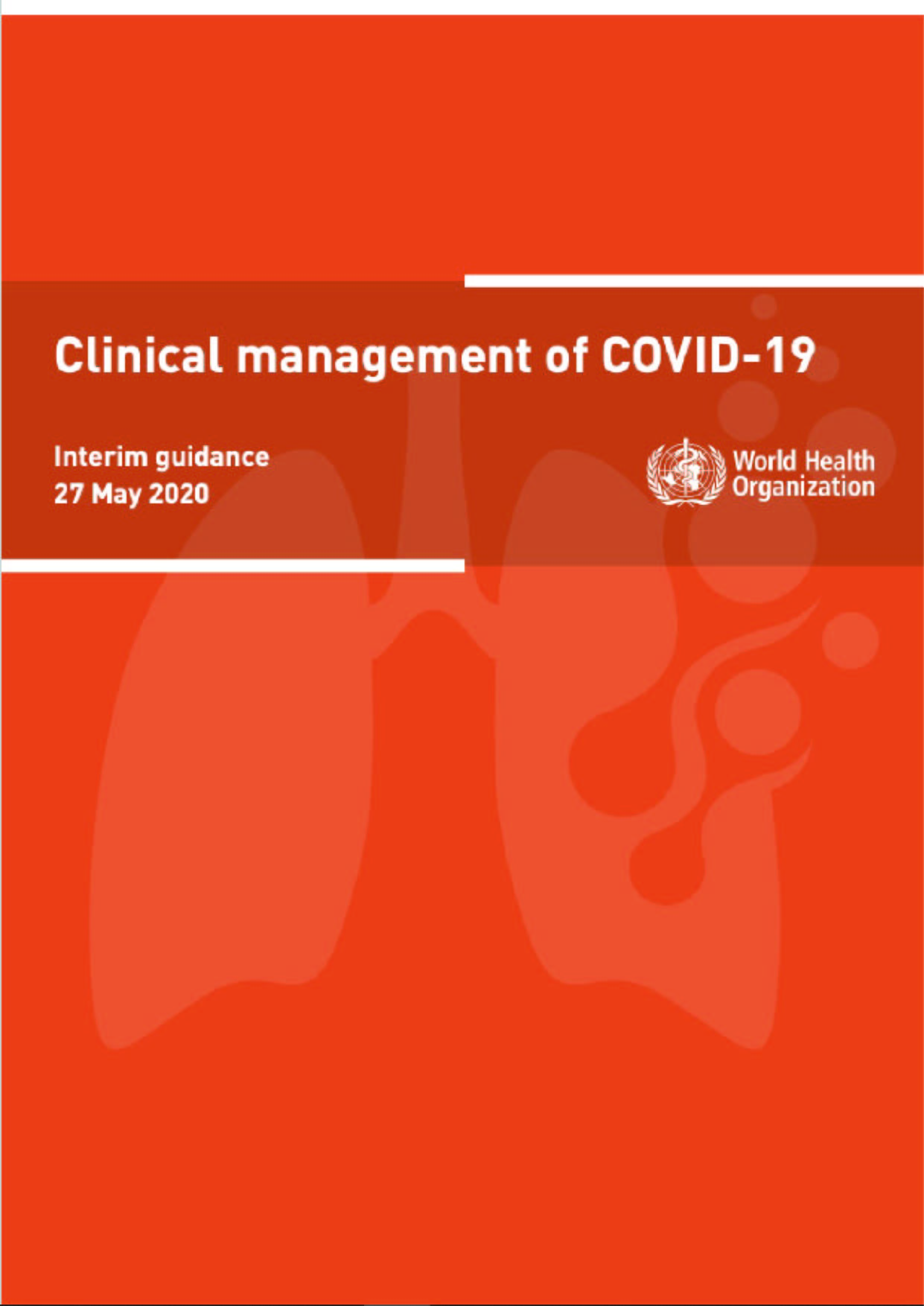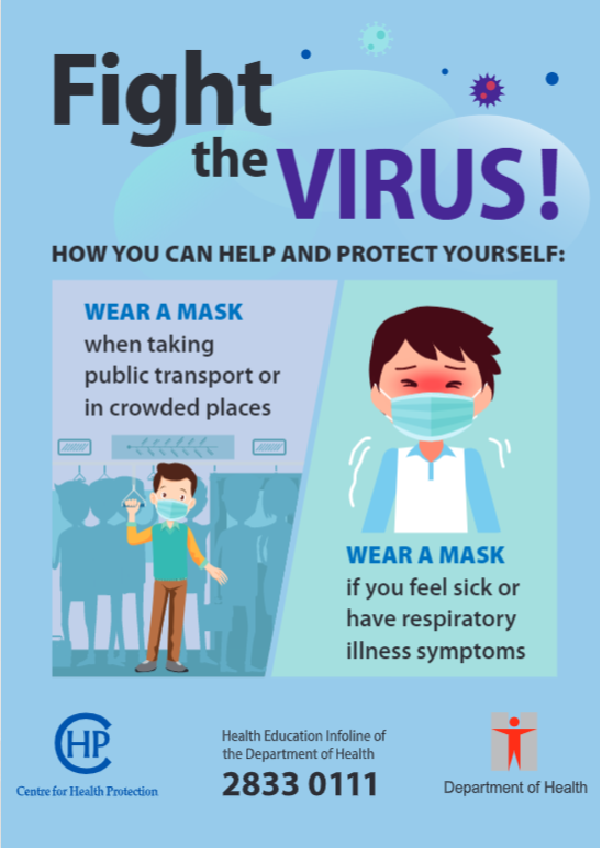The number of COVID-19 related deaths has become a key indicator to track the impact of the pandemic in countries and across the world. However, this number is not easily collected and reported by every country. To support national governments with surveillance and response planning, WHO has partnered with Vital Strategies and other global partners to launch a new technical package: Revealing the Toll of COVID-19: A Technical Package for Rapid Mortality Surveillance and Epidemic Response.
Compared with only using COVID-19 confirmed deaths as a measure of impact, rapid mortality surveillance generates daily or weekly counts of mortality data by age, sex, date of death, place of death and place of usual residence. This provides a more complete picture of impact, particularly for deaths that may be indirectly related to COVID-19. This also addresses the indirect impact caused by disruptions in healthcare access and supply chains. When policy-makers can compare estimated weekly number of excess deaths related to COVID-19 compared with pre-pandemic levels, they have a powerful tool to inform their national response and recovery planning.
Preface
On Jan. 30, 2020 the World Health Organization (WHO) declared the outbreak of coronavirus disease 2019 (COVID-19) a Public Health Emergency of International Concern.A Even before this declaration, counts of deaths and cases were a primary means of tracking the growth and trajectory of the pandemic. In particular, graphs depicting excess total mortality by week from countries around the world have been an increasingly common and powerful way to capture and present the impact of the COVID-19 pandemic.
The purpose of this document is to provide practical guidance to implement rapid mortality surveillance (RMS) and measure excess mortality in the context of the COVID-19 pandemic, with a focus on implementation in lowresource settings. This includes settings with largely paper-based systems of data collection.
We define RMS as “a system for generating daily or weekly counts of total mortality by age, sex, date of death, place of death, and place of usual residence.” Excess mortality is the degree to which currently measured mortality exceeds historically established levels. In the context of COVID-19, increases in total mortality are attributed to direct and indirect effects of the pandemic.
While this guidance is COVID-19 specific, the basic concept of rapid mortality surveillance adds to the international architecture of population health surveillance and civil registration and vital statistics (CRVS) systems.
At one end of the spectrum, CRVS systems are fully functional, with digitization speeding up the recording of deaths and causes of death in near real-time. In these circumstances there is no distinction between RMS and CRVS. At the other end of the spectrum are settings in which CRVS systems are fragmented, have low completeness and coverage and are partially digitized, and are not yet able to report weekly mortality in a timely fashion. In these contexts, RMS can play important functions – particularly where restrictions on movement may be depressing death registration during the epidemic. These functions include: I) providing more timely weekly counts of death than would overwise be possible; and II) obtaining and retaining the information sufficient for the later official registration of each death in the CRVS system.
In this document we provide:
• The rationale for and conceptual model of RMS
• Guidance for facility- and community-based surveillance
• Guidance for the analysis, visualization and use of the data
• A checklist for establishing a rapid mortality surveillance system
In addition to data collection for total mortality, we also discuss integration with other surveillance systems and the inclusion of information on the manner or cause of death. The guiding principles of RMS should be those that pertain to any system innovation: country ownership and leadership; capacity building; adaptability; and sustainability. Furthermore, it should be stressed that RMS should, wherever possible, be integrated into the national CRVS system—the essential nature of which, even under pandemic conditions, has been made clear by the United Nations.
This Technical Package is one of several global resources developed and supported by WHO and partners, including those of the Bloomberg Philanthropies Data for Health Initiative. In addition to this document, these global resources include:
• A technical note on Medically Certifying, International Classification of Diseases (ICD) mortality coding, and reporting mortality associated with COVID-19
• Technical guidance on COVID-19 coding in ICD-10C
• A web portal where countries are being requested by WHO to report weekly mortality based on aggregate data from official cause-of-death death certification
According to Article 64 of its constitution, WHO is mandated to request each Member State to provide statistics on mortality. Furthermore, the WHO Nomenclature Regulations of 1967 affirms the importance of compiling and publishing statistics of mortality and morbidity in comparable form. Member States started to report mortality data to WHO since the early fifties and this reporting activity is continuing until today. Every year WHO issues an annual call for data on mortality and causes of death and those data have driven major global health policies and research.
